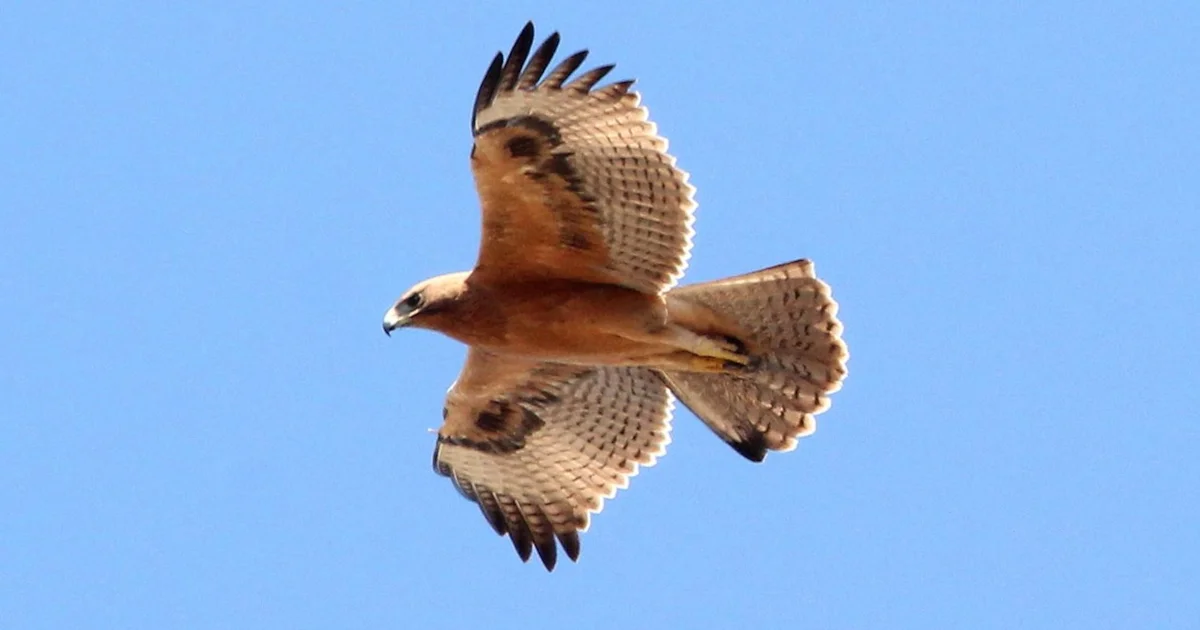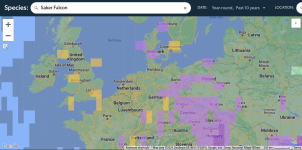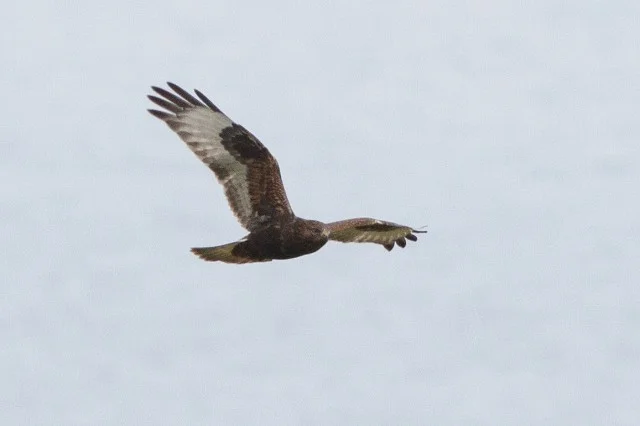Buteos are so dependent on thermals - as we all know, the well-known choke points really act as bottlenecks for these and similar species. Harriers funnel through the same places, of course, but whenever I've seen them they have always seemed to have a more effortless flight. I'd hate to be either in that situation, but if I had to attempt an Atlantic crossing as one, I'd rather be a harrier.
Be interesting to know more - in the latter case (on remote islands) could F. rusticolus be ruled out?
I can recall the 1987 Irish bird making the news; apparently there was another in 1973. Does anyone know how definite were the IDs on both those?
I suppose given that a couple of lammergeiers have made it across, a black/cinerous vulture might at some point.
Is "rough-legged hawk" distinguishable (unless dark morph) from rough-legged buzzard in the field?









